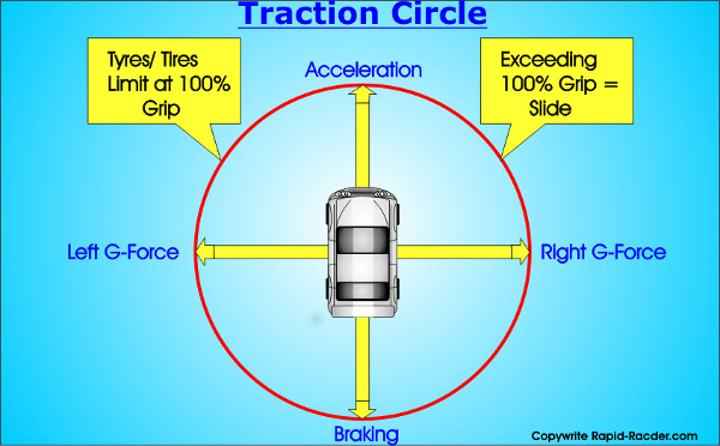I’ve been reading and thinking a lot about turning and braking and I am stuck on misunderstanding a basic concept.
The basic idea of straight line braking doesn’t fully make sense to me and maybe someone can explain.
Imaging a wide 180 turn at the end of a straight. You approach the turn, stand on the brakes, initiate turn in… then what is supposed to happen?
This is the bit that has me confused. Are you supposed to “coast” to the apex? (Totally off throttle and brake).
Or, are you supposed to have a bit of maintenance throttle? Trail?
It seems like a huge ask to be able to nail the deceleration perfectly such that you are carrying the exact right amount of speed to get you from the end of your brake zone to your apex/accel point with optimal grip.
So in practice, I kind of find myself trail braking a lot, which appears more intuitive. Yet I am definitely not great at this because I’m pretty sure I lose a lot of times in corners.
For my next practice session I am planning on working on threshold braking. What’s stuck in my mind is the image of me nailing a really great brake zone but then being really confused what to do once I turn in.


